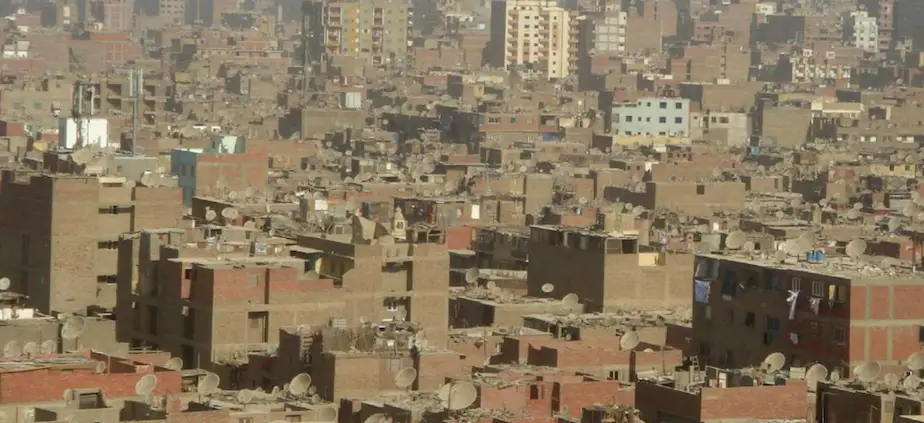Reduce, Reuse, Recycle: Empowering Sustainable Actions Through Design
Today’s cities are filled with creative ideas on how to decrease waste and make recycling initiatives more appealing to local residents. However, although governments, local institutions and individuals around the world are beginning to become more environmentally conscious, it is still important to raise public awareness of recycling and reuse, encouraging people to make a positive impact on society.
Germany, for instance, is well known for its strong social system. It is surprising to see how a society can be educated with simple actions. Instead of throwing bottles into the bin, people can get a reward by returning them to specific points (i.e supermarkets). A deposit is applied to the cost of reusable bottles when they are sold and it can only be recovered when the bottle is returned. Beer bottles are worth less than 10 cents, but most plastic bottles can be redeemed for 25 cents. For some people, it’s not worth the trouble of taking them back to the shop to get their deposit. But for others, a bag full of bottles can mean a journey back home or a warm meal.
Some people in Germany make a living collecting and returning bottles. Paul Ketz, a young Product Designer from Cologne, invented a product to reduce the health risks for deposit collectors. He designed a collection ring (Pfandring, as it is best known in Germany), an urban element which goes over public bins. With his invention, instead of throwing plastic and glass bottles into the bin, people can place them in the ring so that reusable bottles are not mixed in with general rubbish and can be easily accessed. See it in action in the video below.
Another innovative invention originated in Catalonia and is known as the OliPot or oil pot, which is a small plastic container designed to collect and store the remains of domestic cooking oil for subsequent recycling. This simple element started being used in many Barcelona households with the intention of avoiding spilling the liquid down the drains or dumping it in the sink, which is an action that damages the environment.
Electronic devices and other appliances are recycled and reused as well. Not far away from the Catalan capital, in Sant Cugat del Vallès, the local council introduced a series of compact containers which were placed in main avenues within the city centre to make them accessible to everyone. These modern bins, which are made out of iron, use an inviting iconography and an interesting design to promote recycling for batteries, CD/DVDs, bulbs, ink cartridges, mobile phones, chargers, and aerosols.

With these creative urban elements for recycling everyday objects, local communities can not only help the environment, but they can also benefit physically, mentally and financially.
In Warsaw, Poland, where recycling is not yet a common activity, the Spanish art collective Luzinterruptus wanted to catch the attention of locals by setting up an installation to bring recycling awareness. The art piece was called Recycling Sunday, and it served to introduce the concept of the three Rs (Reduce, Reuse, Recycle) and up-cycling through an interactive exhibition which used the three colours used for recycling (blue for paper, yellow for metal and green for glass). Hundreds of coloured plastic bags fitted with a light bulb inside were scattered about a public square with the idea of bringing recycling closer.

Interaction was the predominant element of the piece, where urban space, art and people played the same role. Interaction is without a doubt another important technique to empower locals to be involved in a campaign or cause.
The act of dropping paper on the ground or mixing a piece of cloth, a bulb and a lemon skin in the same bin should feel awkward. Making life more environmentally-friendly makes sense, and with ideas like these, the days of people throwing reusable glass bottles into rubbish bins might be a thing of the past.
Tere García Alcaraz is an architect and development practitioner from Barcelona, with research and working experience in Ecuador, Venezuela, Spain and the UK. She lives in London.


